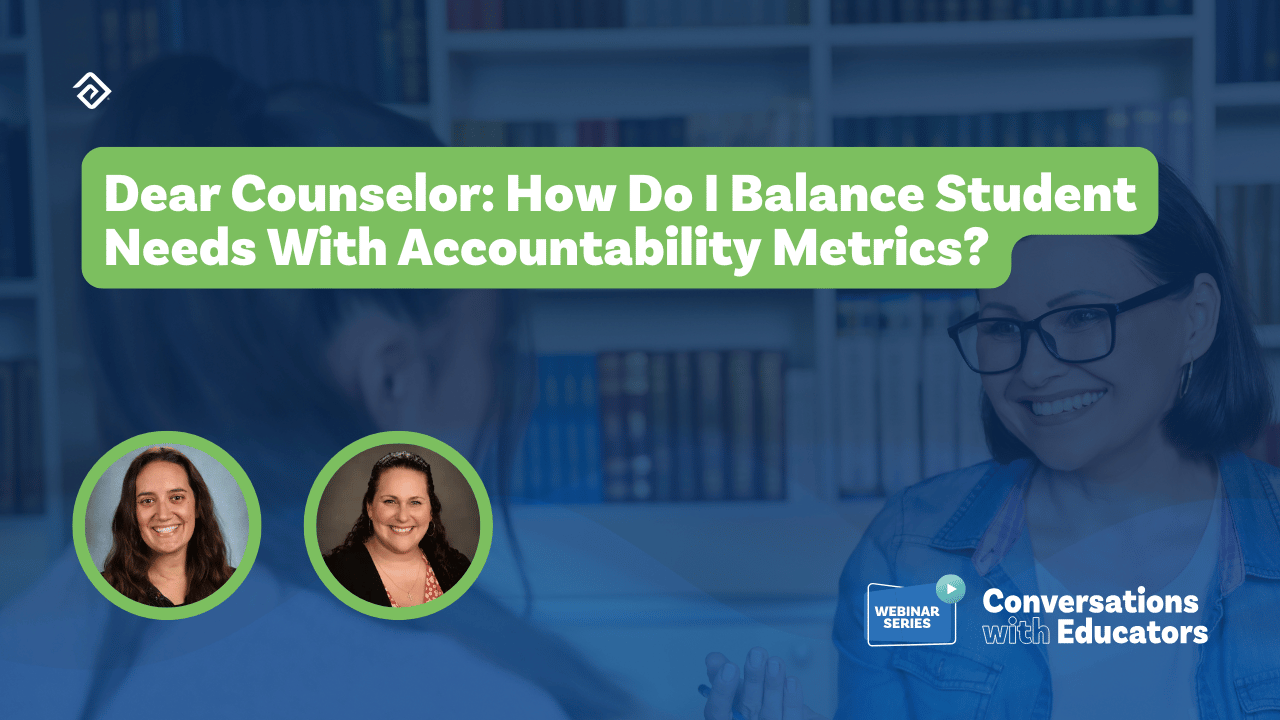What Makes An Effective Curriculum

An effective curriculum is a critical support that guides teachers in preparing lessons and points to quality resources to help students learn. The most effective curriculums are developed collaboratively, continuously evaluated and improved, reflect the community’s values, and align with state and national learning standards.

What is a Curriculum?
A curriculum is a set of instructional techniques, learning experiences, and student performance evaluations that are designed to effectively convey and evaluate the intended learning objectives of a course. A well-planned curriculum map can have a significant impact on student progress and the quality of teachers. A high-quality curriculum leads to teacher retention also, as it provides significant support to daily classroom instruction and reduces the amount of time spent lesson planning.
What Does an Effective Curriculum Look Like?
An effective curriculum is essential in the teaching and learning process. It facilitates the transfer of theoretical knowledge to real-life application. While there is no one ideal method for curriculum development, there are certain essential elements of professionally designed curricula. When properly applied to the instruction, these elements give a solid framework for establishing, implementing, and assessing an effective curriculum.
An effective and student-driven curriculum has the following characteristics:
1. Adapts to an Evolving World
A successful curriculum is never a one-time project. Regularly revisiting and evaluating your curriculum helps assess how existing learning experiences, materials or instructional strategies are performing while making way for the inclusion of new learning activities and changing context in your discussions. To highlight its importance, the World Economic Forum emphasizes that a curriculum is a critical component in assisting teachers in keeping up with the rapid pace of changing trends, innovation, and skills that students will require in the future.
2. Contains Research-based Teaching Techniques
Effective curriculum includes teaching approaches based on academic research and a foundation of effective instruction. Though educational research is not exhaustive, it helps provide direction to curriculum developers. Researchers study various methods to improve the teaching of specific disciplines, like reading, where it has been determined that starting with phonological awareness and progressing via the alphabetic principle and phonics is an effective strategy that provides proven results. Further study and analysis of other disciplines' processes, methods, and strategies give you access to valid data to improve teacher instruction and appeal to your students’ learning styles. A successful curriculum incorporates these research-based strategies into everyday aspects of the educational process.
3. Encourages Collaboration
An effective curriculum is created collaboratively and draws from the perspectives and expertise of all stakeholders including teachers, administration, parents and communities.
With input from multiple stakeholder groups, a clear picture will be given regarding the strengths and weaknesses of the content area, grade level or specific discipline. A collaborative approach also gives teachers a platform over which they can share best practices, knowledge and resources with each other.
4. Meets the Needs of the Students
To create an excellent curriculum, it should be student-centered. More than likely, classrooms will contain a diverse blend of student achievement strengths and weaknesses. The curriculum should be flexible enough to differentiate and support the learning of each student. There is no one-size-fits-all curriculum for all students, and as such, it should include both a focus on developing fundamental skills and concepts as well as incorporation of advanced ideas and learning opportunities that can satisfy diversity.
5. Establishes Quantifiable Objectives
An effective curriculum should satisfy all state and federal standards as well as achieve measurable objectives. When creating an effective curriculum, remember that data is essential. Having specific goals that help evaluate student assessment results will also allow for evaluation of the curriculum program. An effective and robust curriculum sets quantifiable goals and keeps track of student development throughout the year. With this support, teachers have a greater understanding of what is going on in the classrooms, students know where they stand, and parents are informed and a part of the educational culture.

How to Plan an Effective Curriculum
It is not easy to create an effective curriculum. According to a poll with hundreds of participants, only 23% of schools in the United States have their entire curriculum planned out, with 14.7% of those seldom utilizing their curriculum map. Effectively implementing a curriculum is a challenge that takes careful consideration and a lot of strategic decision-making. Here are a few practical steps you can use to ensure that the curriculum you’re planning has a higher chance of successful implementation:
1. Align Your Curriculum to the School’s Core Values
Establish your curricular principles — your school’s core values — first. These core values will serve as a foundation to help you build a curriculum while maintaining your goals and ultimate mission: to achieve your learning outcomes successfully. At the same time, these values will also prepare your students with knowledge that has practical, real-life applications. Your school's beliefs, context, pedagogical techniques, and needs should all be reflected in your curricular principles.
2. State Your Learning Objectives
After defining the values and purposes of your curriculum, you have to make sure that everyone understands what a lesson intends to accomplish in the form of relevant goals. You can also determine enrichment activities that will be integrated into your curriculum. Experiences such as educational tours, extracurricular activities, and other classroom activities support and enhance the curriculum. Think about what your students will encounter as they progress through school. These components should be effectively integrated to help achieve a content area’s learning outcomes.
3. Plan How You Will Present Your Program
After creating your curriculum plan, preparing an implementation strategy for the short, intermediate, and long-term will assure longevity and assist with support from stakeholders. Establishing measurable, achievable goals for the short term will encourage teachers to use any curriculum maps created, and encouraging support from community members and/or the administrative team will help with adding layers of quality as the implementation continues. Focusing on the priority content areas, grade levels, or specific objectives outlined by the core values of the community or school district may help guide the implementation process as well.
4. Deliver the Curriculum Using High-quality Tools
To develop and maintain current reference resources, organize the material of your curriculum into topic schemes and align them with standards. Determine which topics and subject areas will be covered in your curriculum, which quality materials and resources will support teaching and learning of the topics, and how these topics can be linked to other content areas for cross-curricular experiences. By integrating specific learning materials throughout the curriculum and providing suitable scaffolding will help to ensure students can transfer efficiently from one lesson or unit to the next without learning gaps.
Using high-quality learning resources motivates students, increases the effectiveness of education, and prevents the spread of misinformation. With a robust curriculum in place, schools no longer have to rely heavily on textbooks and can adopt resources that are more agile and adaptive. Accepting anything less than the highest quality resources will hamper the effectiveness of your curriculum.
5. Analyze and Refresh the Approach Regularly
The purpose of analyzing the curriculum is to determine whether or not it is producing the intended results and meeting the objectives that it has set forth.
After your organization has developed and implemented a curriculum, the next step is to evaluate it regularly. Ongoing evaluation of a curriculum allows you to learn where to make adjustments and changes to finetune your curriculum. Collect data and student outcomes and use this research to develop and enrich your content, as well as improve and implement new lessons.
Key Takeaway
There is no one-size-fits-all answer to what makes a solid curriculum. People seeking quick solutions will judge based on the most superficial factors, such as cover design, page count, and unique features, and often throw money at the problem hoping for a quick fix. However, those who wish to develop a high-quality and effective curriculum should realize curriculum development is more of a constant improvement process than a quick problem to be solved.

More Great Content
We know you'll love




